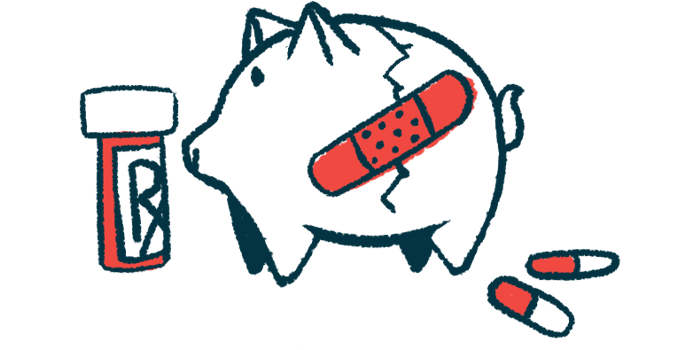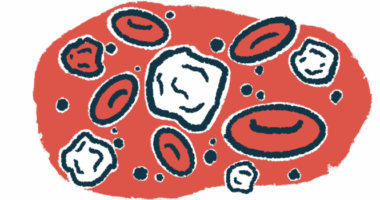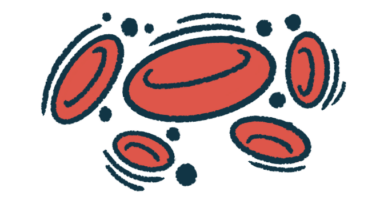As number of PNH cases rise in Italy, so does treatment cost: Study
Complement inhibitors can be effective, but most patients aren't accessing them

Paroxysmal nocturnal hemoglobinuria (PNH) is being diagnosed more frequently in Italy, and while treatment with complement inhibitors can be effective, it carries a high yearly cost of over €133,000 (about $155,000) per patient, mostly due to medication expenses.
According to a study, every fourth patient received treatment with complement inhibitors. Those who were treated tended to have more serious conditions at the start, such as aplastic anemia, which is when the bone marrow fails to make enough blood cells.
“The benefits of anti-complement therapy, especially regarding agents targeted at C3 and C5, seem to not be fully exploited yet,” researchers wrote in “Real-World Evidence of the Disease Burden and Economic Impact of Paroxysmal Nocturnal Hemoglobinuria in Italy,” which was published in the Journal of Clinical Medicine.
Average annual cost to treat PNH is $48,000 per patient
PNH occurs when the complement system — a cascade of proteins that’s part of the immune system — mistakenly targets the body’s red blood cells, triggering their destruction. This can result in too few red blood cells in circulation to carry adequate oxygen to tissues.
This study was performed in Italy to better understand how common PNH is, what it costs to treat, and how well treatment with complement inhibitors works for patients. The researchers used healthcare data from about 12 million people to calculate how many adults have PNH and how many new cases appear each year.
They found that as of December 2021, about 17.6 out of every million adults had PNH. From 2011 to 2022, about 1.5 new cases were diagnosed each year per million people. They also studied 142 patients who had at least one year of data available before and after they were diagnosed. Their mean age was 50.7 years, and 45.8% were men.
This real-world analysis confirmed a rising PNH prevalence in Italy, aligning with global data. Despite available therapies, many patients face a high disease burden, suggesting potential benefits from novel treatments targeting upstream complement components.
About 27% of those patients received treatment with complement inhibitors. At the time of diagnosis, aplastic anemia was the most common coexisting disorder, and was more common in patients who received complement inhibitors than in those who didn’t (18.4% vs. 7.7%).
On average, it cost €41,084 (about $48,000) per patient each year to treat PNH. Most of this cost came from medications, especially complement inhibitors, which made up 80% of drug expenses. Hospital stays added more costs, with red blood cell transfusions being the most expensive component.
Patients who were treated with complement inhibitors had about 16 times higher average yearly costs compared with those who weren’t (€133,472 vs. €8,089, which corresponds to about $156,000 vs. $9,470). This difference was mainly due to medication expenses.
“This real-world analysis confirmed a rising PNH prevalence in Italy, aligning with global data. Despite available therapies, many patients face a high disease burden, suggesting potential benefits from novel treatments targeting upstream complement components,” the researchers concluded.








